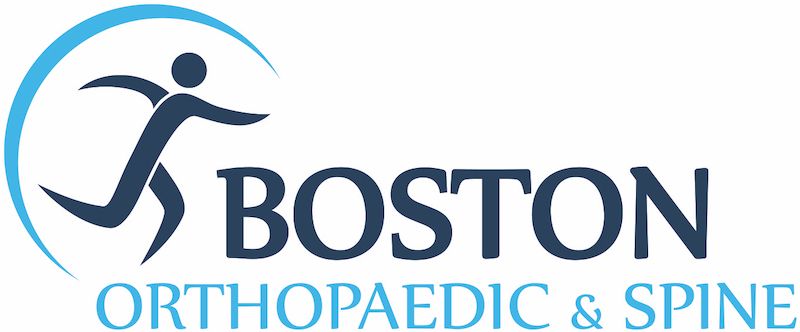Understanding Sciatica:
A Guide from Your Spine Specialist
Our orthopedic team often encounters patients dealing with sciatica. Today, we want to share with you what sciatica is, how it affects your body, and what you can do about it. Our goal is to provide you with information that’s both easy to understand and professionally grounded.
What is Sciatica?
Sciatica refers to pain that radiates along the path of the sciatic nerve. This nerve branches from your lower back through your hips and buttocks and down each leg. Typically, sciatica affects only one side of your body.
Sciatica refers to pain that radiates along the path of the sciatic nerve. This nerve branches from your lower back through your hips and buttocks and down each leg. Typically, sciatica affects only one side of your body.
Why Does Sciatica Happen?
Sciatica most commonly occurs when a herniated disk, bone spur on the spine, or narrowing of the spine (spinal stenosis) compresses part of the nerve. This compression causes inflammation, pain, and often some numbness in the affected leg.
Sciatica most commonly occurs when a herniated disk, bone spur on the spine, or narrowing of the spine (spinal stenosis) compresses part of the nerve. This compression causes inflammation, pain, and often some numbness in the affected leg.
Recognizing the Symptoms
The hallmark of sciatica is a pain that radiates from your lower spine to your buttock and down the back of your leg. This discomfort can vary widely, from a mild ache to a sharp, burning sensation or excruciating pain. Sometimes it can feel like a jolt or electric shock. It’s often worse when you cough or sneeze, and prolonged sitting can aggravate symptoms. Usually, only one side of your body is affected.
The hallmark of sciatica is a pain that radiates from your lower spine to your buttock and down the back of your leg. This discomfort can vary widely, from a mild ache to a sharp, burning sensation or excruciating pain. Sometimes it can feel like a jolt or electric shock. It’s often worse when you cough or sneeze, and prolonged sitting can aggravate symptoms. Usually, only one side of your body is affected.
When to See a Doctor
Mild sciatica symptoms typically go away over time. However, if you experience severe or worsening pain, numbness, or weakness, or if the pain follows a violent injury, it’s important to seek professional medical help.
Mild sciatica symptoms typically go away over time. However, if you experience severe or worsening pain, numbness, or weakness, or if the pain follows a violent injury, it’s important to seek professional medical help.
Managing Sciatica
Most people with sciatica get better with time and self-care treatments. Here are some strategies:
Most people with sciatica get better with time and self-care treatments. Here are some strategies:
- Physical Therapy: A physical therapist can develop a stretching and exercise routine to reduce sciatic nerve pressure.
- Medication: Over-the-counter pain relievers can alleviate pain.
- Lifestyle Modifications: Avoid prolonged sitting, practice good posture, and use proper body mechanics.
- Surgical Options: In severe cases, surgery might be necessary to correct the condition causing sciatica.
While sciatica can be painful and disruptive, the good news is that most cases resolve with non-operative treatments. Remember, understanding your condition is the first step towards recovery. If you’re experiencing symptoms of sciatica, consult with a healthcare professional for a personalized treatment plan.
